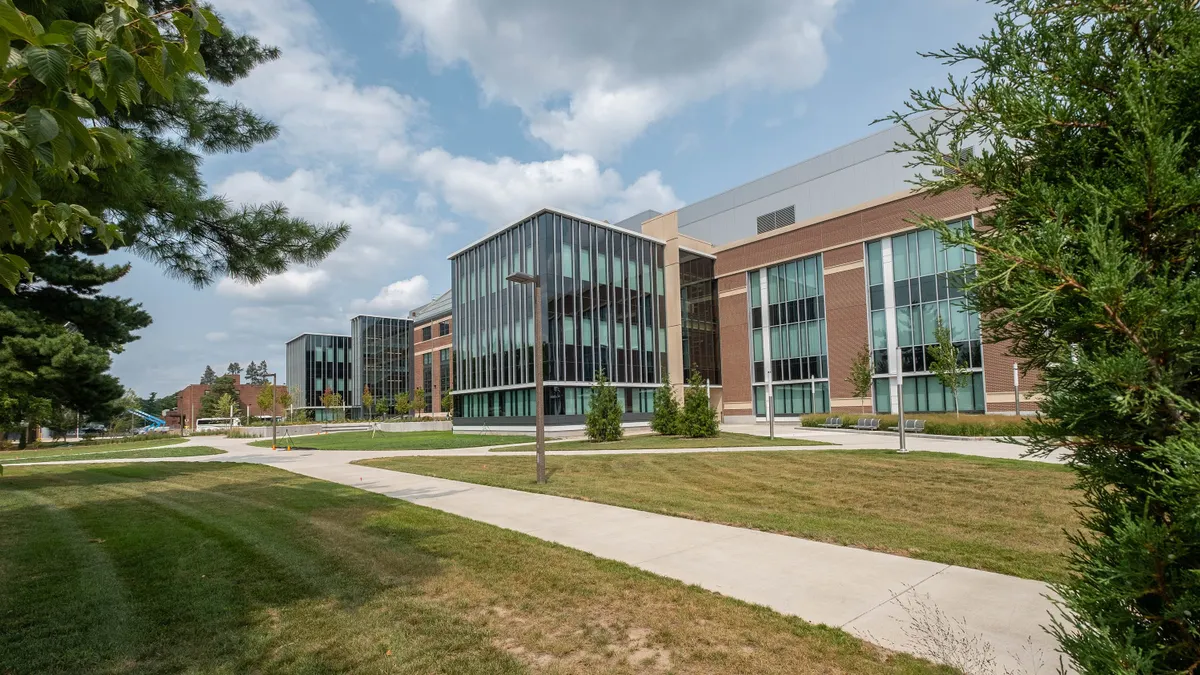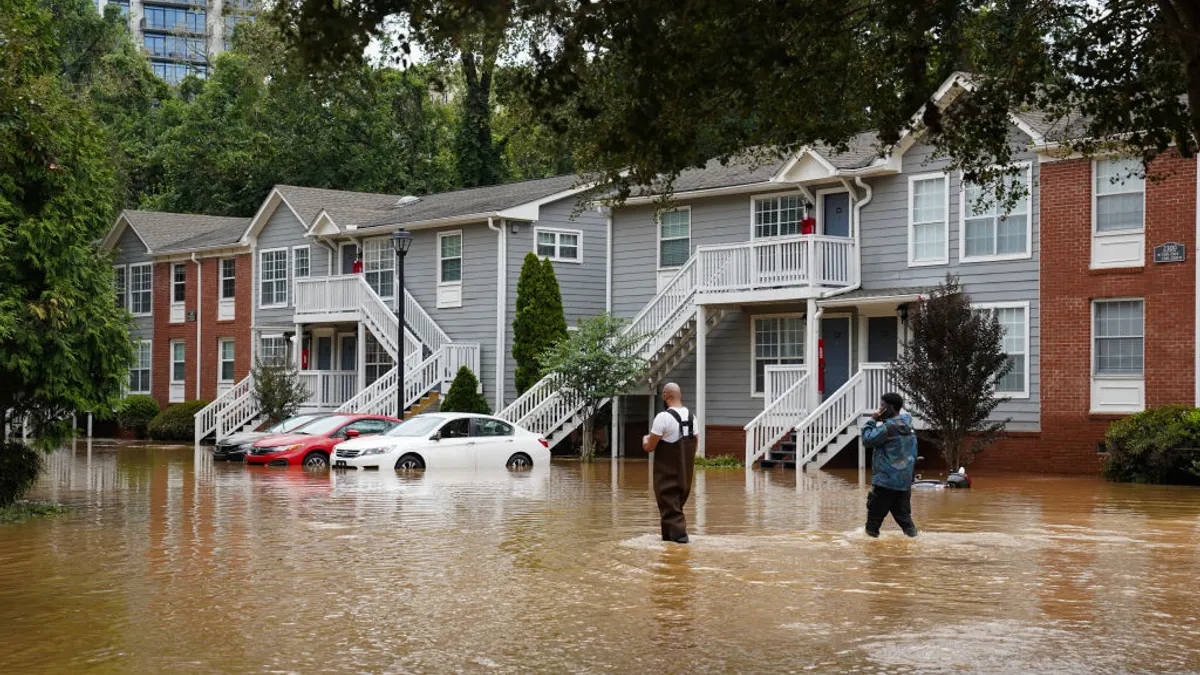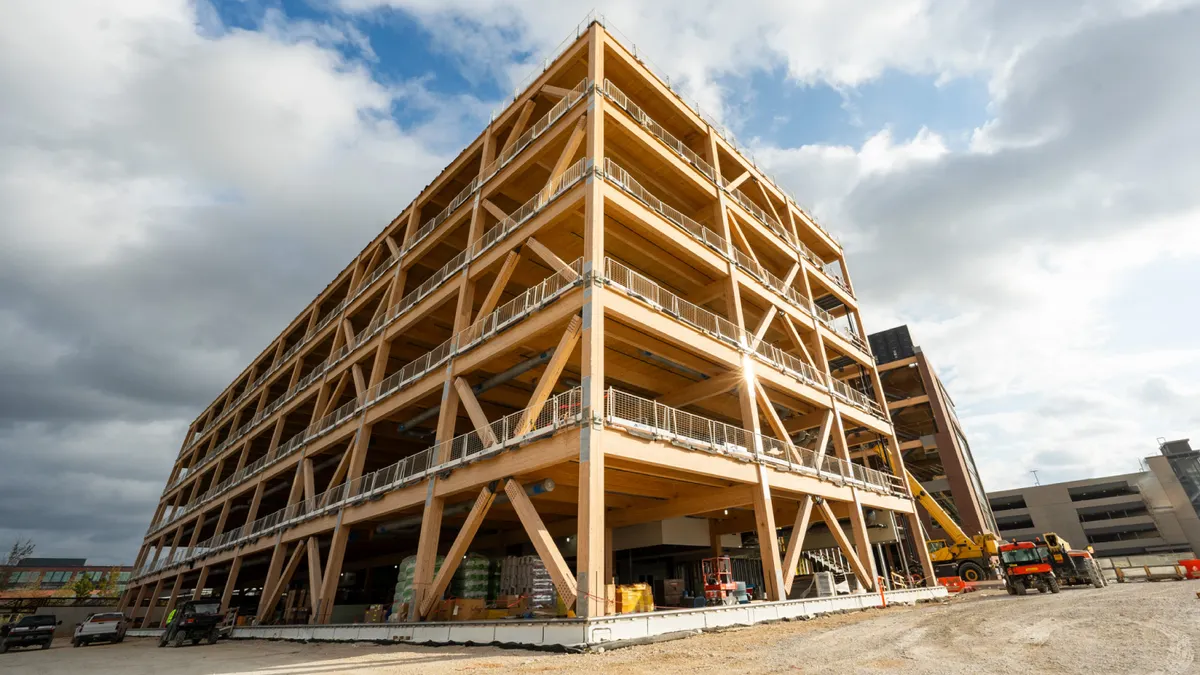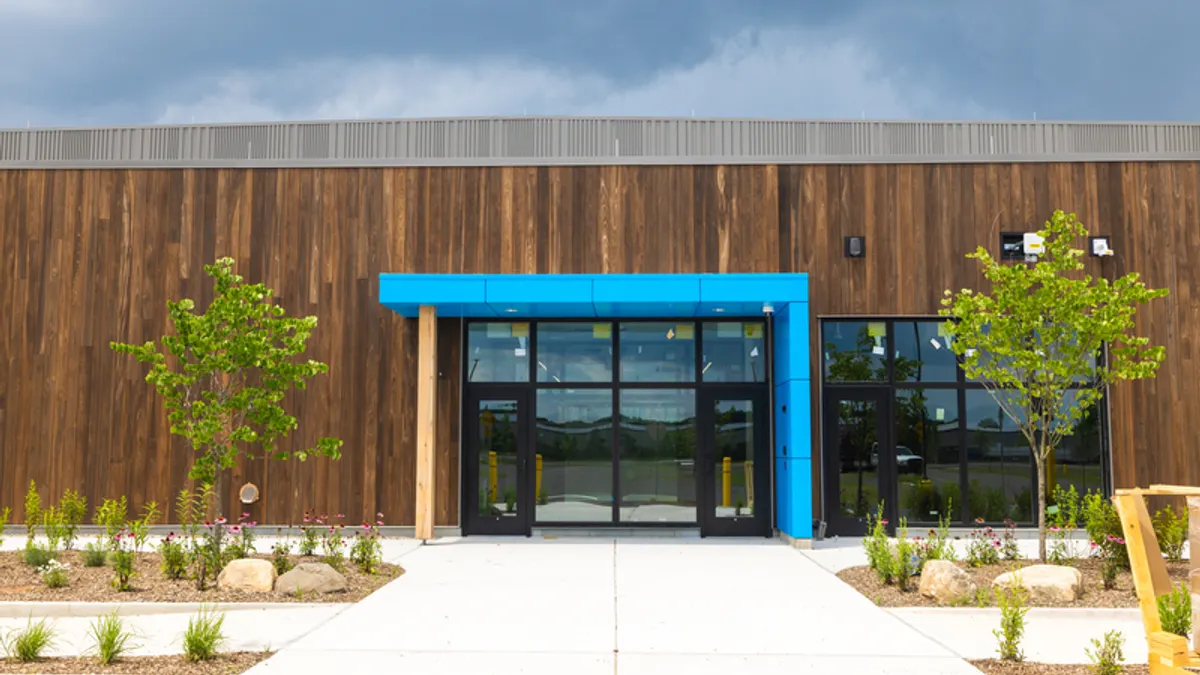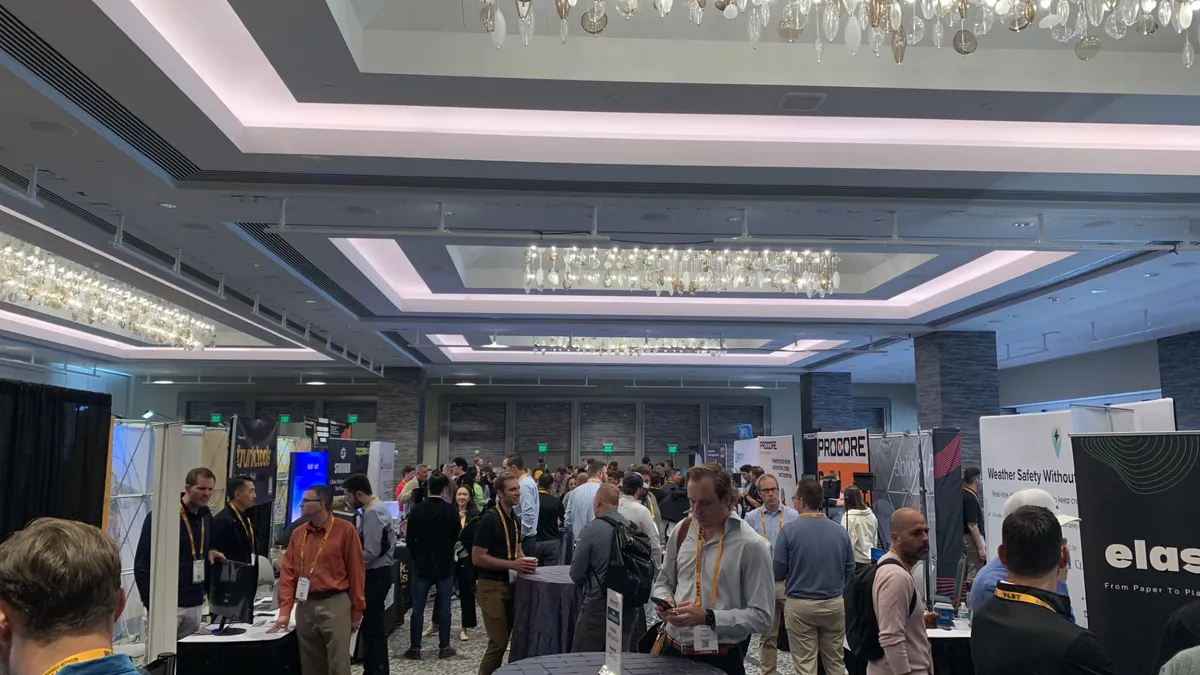According to a 2014 Dodge market forecast, 84% of homebuilders will have made green building a part of their repertoires by 2018, and, late last year, an industry analysis of Dodge data found that green building is doubling every three years. Homeowners also are jumping on board in an effort to realize the cost savings and health benefits of going green.
The green trend is so pervasive that construction industry building code influencers like the International Code Council; American Society of Heating, Refrigerating and Air-Conditioning Engineers; American Institute of Architects; the Illuminating Engineering Society of North America and the U.S. Green Building Council have come together to produce the ICC 700 National Green Building Standard. According to the National Association of Homebuilders, the NGBS is the first residential green standard to get the nod from the American National Standards Institute, the organization that oversees the development of business and product standards across a wide range of industries.
Although the NGBS is not mandatory, it reflects the industry's desire to standardize green building, making it easier for builders and homeowners to make and implement environmentally friendly decisions during the building or renovation process. However, these new standards do not fall right in line with state, county, city and other building regulations around the country.
"The real issue is that local regulations are behind in development," said Alex H. Edwards, III, CEO of Sustainable Holdings Inc., a Texas developer of green home solutions. Regulation and code barriers, he said, are the "ultimate inhibitor" to green building.
'Layers' of regulation
Architect William J. Martin, spokesman for the American Institute of Architects-New Jersey and principal at WJM Architect, said there are three different "layers" of regulation when it comes to any type of building, green or otherwise.
- Homeowners' and condominium association regulations apply only to the relevant structures or housing developments.
- The next category is local zoning requirements — setbacks, height requirements — that apply to everyone in a specific jurisdiction.
- Finally, there are local building codes, usually prescribed at the state level.
"The building codes have actually gotten a lot better in terms of removing things that would conflict with green design principles," Martin said. For example, he said, New Jersey has removed the heating system requirement, in some cases, for single-family homes because there are green design methods available that insulate a home to the point of not needing a separate source of heat.
However, Martin said there are still areas of the state code that don't address green building. "There's nothing in the (NJ) building codes that prevents the green roof, but when you put a green roof on a building, you need to make sure that the roof structure that supports that green roof is sufficient to carry the load of the roof material and the water than can accumulate," Martin said. That load is "significant," he said, and, since there's nothing specific in the code regarding green roofs, the building inspector checks the architect's plans against the construction when performing an inspection.
Challenges to green building
Another green building method that can come into conflict with state codes are alternative water collection methods, or rainwater harvesting. Some states encourage it, while some states regulate it stringently. Many Western states, home to some incredibly complex water rights laws, limit rainwater collection or, like Colorado until this week, completely prohibit it except under certain narrow conditions.
Martin said New Jersey encourages water collection, and his system designs usually involve connecting roof leaders and roof drains to an underground storage tank so that the homeowner can use the water to irrigate landscaping. This, he said, keeps the water out of the street and relieves pressure on the area stormwater system.
Yet another conflict is often created, Edwards said, when homeowners decide to "super-insulate" their homes. While this can save on energy costs, he said, a tighter building envelope also can restrict airflow and prevent the minimum ventilation that building codes require. These are calculations that HVAC contractors make and submit to the building department, so, Edwards said, it's important to get professionals involved with this kind of work.
Attorney Dan Chorost of Sive, Paget & Riesel P.C. echoed Edwards' advice and said less airflow means less fresh air, which can lead to an unhealthy interior environment. Reduced airflow, he said, can also lead to increased moisture and mold problems down the road.
Zoning regulations, Martin said, are adopted locally and create a set of conflicts. These rules, he said, vary from "municipality to municipality." Martin said a green building method he employs often is adding exterior insulation, which can be as much as a foot thick. This, he said, can interfere with zoning setback requirements, meaning that the design might have to give up interior space to comply. Martin said this is a "disincentive" for some owners to use exterior insulation, particularly if the building is multifamily and it means a reduction in rentable space.
See Also: The top 10 green building products for 2017
The homeowners' association obstacle
Neverthless, homeowners' associations, Edwards said, are the usual suspects when it comes to conflicts around "aesthetically challenged" green building methods like solar energy, which often employs industrial-looking solar panels, or alternative water collection systems like rainwater harvesting, which might not fit in with the look of some neighborhoods.
Chorost said the "sustainability versus aesthetics" argument is common when dealing with the hundreds of thousands of homeowners' associations in the U.S. "Some people entered into these agreements decades ago, never thinking about renewables. They've agreed to these rules that allow the association a veto right on anything aesthetically displeasing, which is a real problem," he said.
Typically, he said, homeowners' association members have to make a request for an "architectural review" for anything that deviates from association rules. The problem, however, is that instead of an architect making the decision, it's usually an association board with broad discretion and opinions that can change with the election of each new board member.
Chorost said some states have enacted statutes from preventing a homeowner from "unduly blocking" solar panel installation but said homeowners' associations can still make it a difficult process.
Overcoming the hurdles
So is there a way to fight back against regulations that impede green building?
"The process varies by municipality," Edwards said, "however, builders or contractors that find their green building methods in conflict with building codes can apply for a variance and go before the planning commission or the controlling entity of the code." Edwards cautions that this process is by no means a slam-dunk, because the decision may rely on public comment or require a waiting period.
"New Jersey is a little bit ahead of some of the other states in regard to eliminating the barriers to sustainable design and green design," Martin said. Therefore, he said, homeowners and builders who want to use green building methods usually find the state codes more in line with their goals.
Of course, building codes vary so much from state to state, it's hard to nail down one single approach to dealing with all the codes across the U.S. Martin said each area of the country has different climate concerns and weather issues, be it Florida hurricanes or the arid environment of the desert regions, so using one set of green rules is almost impossible.
Edwards said he believe the key to greater acceptance of green building methods, whether at the building department or homeowners' association level, is "education about why solar and other renewables make sense." In addition, millennials, he said, which have started to enter the homebuying market, will want these things included in their homes, increasing the demand for greener regulations.
As far as the NGBS, Martin said he has not studied it in detail but believes it will most likely come into play with state building codes eventually. "I would suspect that the principles in that code that make sense from a sustainable design standpoint … will be incorporated into a revised building code," he said.
Overall, Martin said, New Jersey is increasingly changing codes to fall more in line with green building. "Everybody's moving in the right direction."








